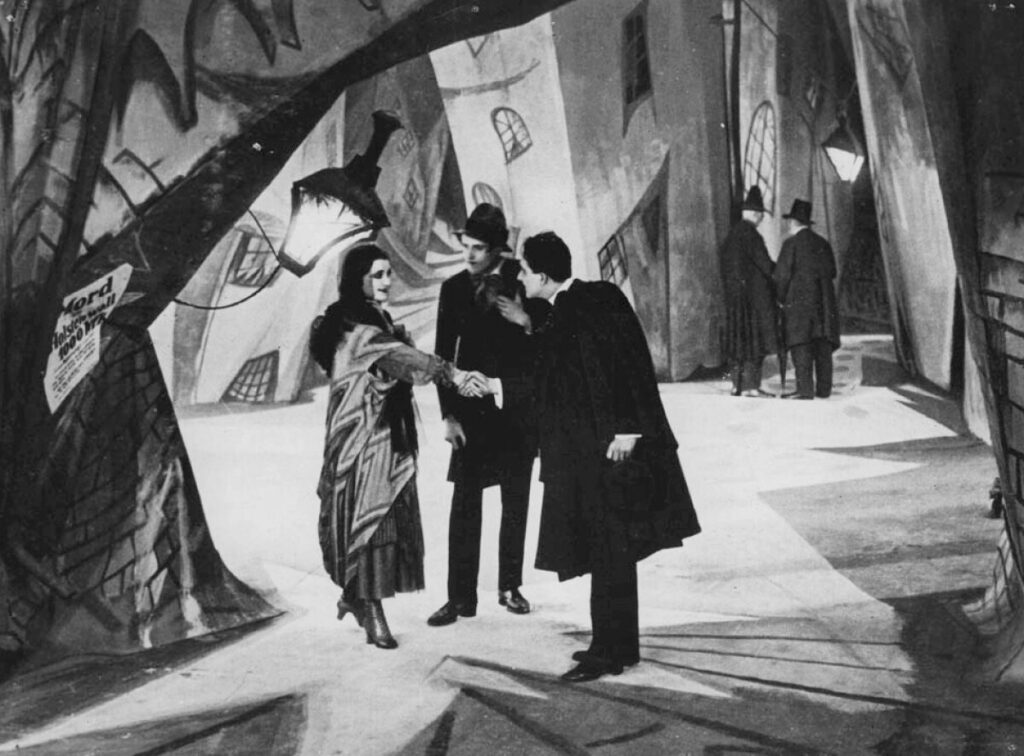It’s enough to ask, seeing the heights (and at the same time, depths) that horror movies have grown to encompass, when exactly did creepy-crawlies make their way to the silver screen? It’s a natural occurrence that you’d have to assume that any form of storytelling would start bringing in the ancient and beloved genre of the ghost story. People today still sometimes say they have trouble understanding why anyone would voluntarily watch something that scares them, but it’s not a new phenomenon. People have long loved trading stories that would make the scaredy-cats among them soak their scratchy burlap pantaloons, or turn their nice white togas an ombre yellow. There probably hasn’t been a single year of human civilization that didn’t contain at least one “dark and stormy night.”
Looking into the first flick to antagonize audiences, there’s a couple that will frequently pop up. One of those is the 1920 film The Cabinet of Dr. Caligari. It’s not too difficult to find sources calling it the “first horror movie,” and it’s understandable why it gets slapped with that moniker. It was an early film designed, really, to unsettle the audience, in the same way that we associate with modern horror. After all, we’re talking about a genre that uses reports of audiences fainting or, well, rapidly eating their popcorn in reverse as a badge of pride.
It also matches up more closely with the modern idea of a movie, at least as far as runtime and plot. It clocks in at a slim 51 minutes, which, despite being only about one-third of the first part of an Avengers movie, is still within the realm of our idea of a feature film. It predated talkies as well, but didn’t let its lack of spoken dialogue kneecap a full, and extremely weird, story. Combine that with how it’s revered as a masterpiece and foundational work of horror even today, and how it kicked off a spree of Jekylls and Hydes and the like in the years following, it’s undeniably one of the earliest and most important “scary movies.”

